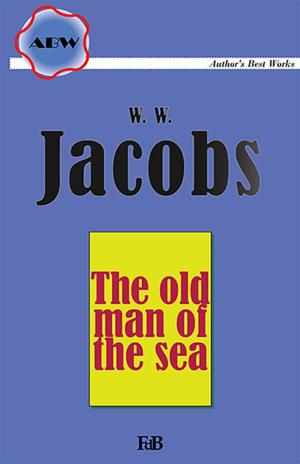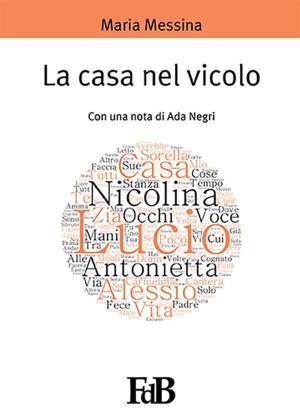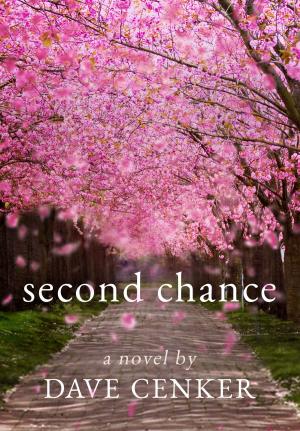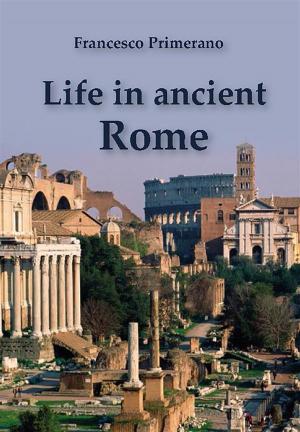| Author: | Kathy Marsden | ISBN: | 1230002249223 |
| Publisher: | self | Publication: | April 2, 2018 |
| Imprint: | Language: | English |
| Author: | Kathy Marsden |
| ISBN: | 1230002249223 |
| Publisher: | self |
| Publication: | April 2, 2018 |
| Imprint: | |
| Language: | English |
There are two villages called Paldi. One is in Punjab, India, the other on Vancouver Island, Canada.
These two distant villages are united in the tale of a friendship between two women born half a world apart. Prabhjot knows of the second Paldi because her father told her about Mayo Singh, the local legend who emigrated and established a small Indian community on the western edge of Canada. Ella knows the original Paldi because she senses intuitively that she has been there in some mysterious and inexplicable way. As the girls grow up, each yearns to visit the world of the "other" Paldi.
Ella and Prabhjot meet as adults, against the urban backdrop of Vancouver. Despite their disparate backgrounds, beliefs and personalities, a reluctant relationship sparks between them and evolves into an ever-deepening friendship. Over several years their lives intertwine and then take a few unexpected turns.
PALDI: TWO CULTURES, ONE HEART is a spirited flirtation between East and West. Ella's and Prabhjot's core beliefs are often in stark opposition, and the women challenge each other relentlessly. Ella is obsessed by the East and all that it represents, while Prabhjot aspires to embed herself in the values of the West.
Paldi is where everything begins and returns. It is Ella's and Prabhjot's home, from which they emerge to travel throughout life. It is their journey, their destination, and their refuge along the way. It is the fulfillment of their deepest longings and the witness to their joys, sorrow and laughter. PALDI is a flight of the imagination, a web of magic and dreams, and a stage for the intricate interplay of human hearts and minds.
PALDI was inspired by the village of Paldi, situated a few miles from Lake Cowichan, British Columbia where the author grew up. A mill was built there by Mayo Singh Manhas in the early 20th century, and as workers immigrated to Canada from India, China and Japan a settlement was established. It was named after Mayo Singh’s own village in Punjab, India. When the author recently became aware that there was “another” Paldi, the seed for the novel was planted.
As she grew up with Paldi’s children, has travelled to India many times, and has lived and worked in a community with a large population of Indo-Canadians, she wanted to explore the encounters and bonds between the two cultures. This is done through the friendship of the two main characters, Prabhjot and Ella.
Paldi is the only village in Canada named for one in India. It is probably Canada’s earliest example of several ethnic groups living and working together harmoniously as one large family. Cultural differences enriched the village, giving it a unique blend of traditions, food and language. It was home to all but, as time passed, the mill closed and nearly all the families moved away. The novel speaks to the innate human yearning for a true home. It may be for family, generations present and past, or a place of belonging or refuge. For Ella it is the desire to solve a puzzle that persists in claiming her attention, and ultimately leads to the fulfillment of a spiritual quest. Her magical and transcendental experiences themselves, and the beckoning from beyond of an intuited but unknown source, are in turn a metaphor for the soul seeking union with the oversoul. The reader may interpret the story as he or she will, according to personal interests, associations and beliefs.
PALDI is a form of historical fiction, in that information and events regarding Paldi, Canada, and the Mayo family are factual. Geographical locations and descriptions as well as political, historical, temporal and cultural settings are intended to be authentic. The remainder is a work of imagination gathered from the author’s own experiences, accounts from friends, conversations remembered, flights of fancy and irreverences regarding her personal sacred cows of hippiedom, the New Age, and psychotherapy.
There are two villages called Paldi. One is in Punjab, India, the other on Vancouver Island, Canada.
These two distant villages are united in the tale of a friendship between two women born half a world apart. Prabhjot knows of the second Paldi because her father told her about Mayo Singh, the local legend who emigrated and established a small Indian community on the western edge of Canada. Ella knows the original Paldi because she senses intuitively that she has been there in some mysterious and inexplicable way. As the girls grow up, each yearns to visit the world of the "other" Paldi.
Ella and Prabhjot meet as adults, against the urban backdrop of Vancouver. Despite their disparate backgrounds, beliefs and personalities, a reluctant relationship sparks between them and evolves into an ever-deepening friendship. Over several years their lives intertwine and then take a few unexpected turns.
PALDI: TWO CULTURES, ONE HEART is a spirited flirtation between East and West. Ella's and Prabhjot's core beliefs are often in stark opposition, and the women challenge each other relentlessly. Ella is obsessed by the East and all that it represents, while Prabhjot aspires to embed herself in the values of the West.
Paldi is where everything begins and returns. It is Ella's and Prabhjot's home, from which they emerge to travel throughout life. It is their journey, their destination, and their refuge along the way. It is the fulfillment of their deepest longings and the witness to their joys, sorrow and laughter. PALDI is a flight of the imagination, a web of magic and dreams, and a stage for the intricate interplay of human hearts and minds.
PALDI was inspired by the village of Paldi, situated a few miles from Lake Cowichan, British Columbia where the author grew up. A mill was built there by Mayo Singh Manhas in the early 20th century, and as workers immigrated to Canada from India, China and Japan a settlement was established. It was named after Mayo Singh’s own village in Punjab, India. When the author recently became aware that there was “another” Paldi, the seed for the novel was planted.
As she grew up with Paldi’s children, has travelled to India many times, and has lived and worked in a community with a large population of Indo-Canadians, she wanted to explore the encounters and bonds between the two cultures. This is done through the friendship of the two main characters, Prabhjot and Ella.
Paldi is the only village in Canada named for one in India. It is probably Canada’s earliest example of several ethnic groups living and working together harmoniously as one large family. Cultural differences enriched the village, giving it a unique blend of traditions, food and language. It was home to all but, as time passed, the mill closed and nearly all the families moved away. The novel speaks to the innate human yearning for a true home. It may be for family, generations present and past, or a place of belonging or refuge. For Ella it is the desire to solve a puzzle that persists in claiming her attention, and ultimately leads to the fulfillment of a spiritual quest. Her magical and transcendental experiences themselves, and the beckoning from beyond of an intuited but unknown source, are in turn a metaphor for the soul seeking union with the oversoul. The reader may interpret the story as he or she will, according to personal interests, associations and beliefs.
PALDI is a form of historical fiction, in that information and events regarding Paldi, Canada, and the Mayo family are factual. Geographical locations and descriptions as well as political, historical, temporal and cultural settings are intended to be authentic. The remainder is a work of imagination gathered from the author’s own experiences, accounts from friends, conversations remembered, flights of fancy and irreverences regarding her personal sacred cows of hippiedom, the New Age, and psychotherapy.















